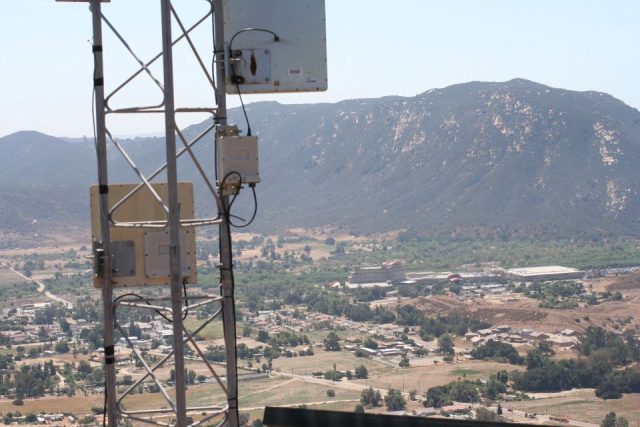On American Indian reservations, challenges perpetuate the digital divide
Ars Technica 2016-01-31

An access point tower constructed by Tribal Digital Village overlooks Pala, California. (credit: Tribal Digital Village)
Recently, Sam Tenakhongva, a teacher living on the Hopi reservation in northern Arizona, bought a Chevrolet pickup truck equipped with integrated 4G LTE. As the company’s advertising boasts, the feature was novel for a commercial vehicle and unprecedented for a truck. Intrigued, Tenakhongva decided to take advantage of a free trial.
It didn’t take long for him to eschew the service. The truck only connected when Tenakhongva was in a 4G network and, given the region’s limited broadband access, Tenakhongva knew such an occurrence would be too rare to justify the cost.
Today, this situation rings true for an overwhelming majority of American Indians living on reservations. This year, the Federal Communications Commission reported that 41 percent of Americans living on tribal lands lacked access to broadband (which the FCC currently defines as 25Mbps for downstream speeds and 3Mbps for upstream speeds); that number leaps to 68 percent for those in rural areas of tribal lands.